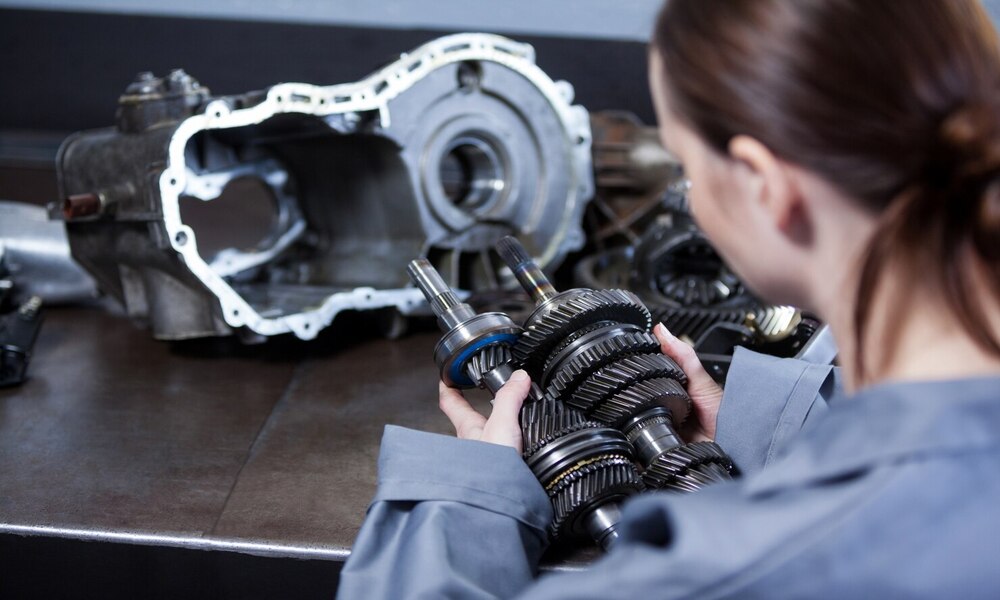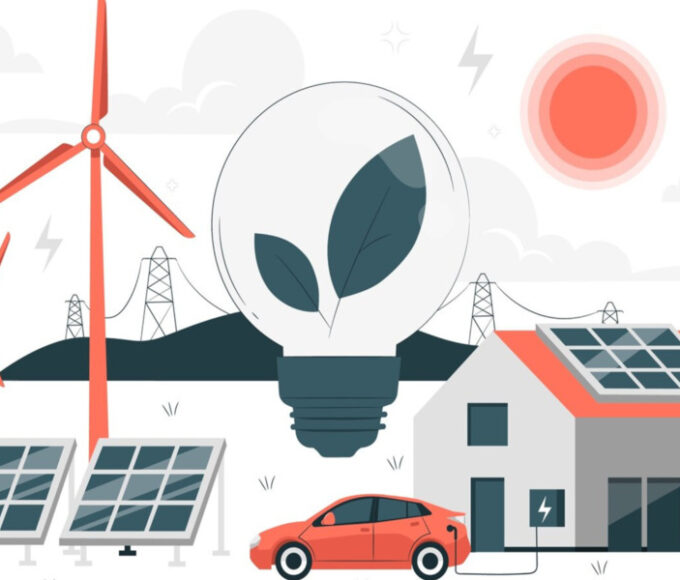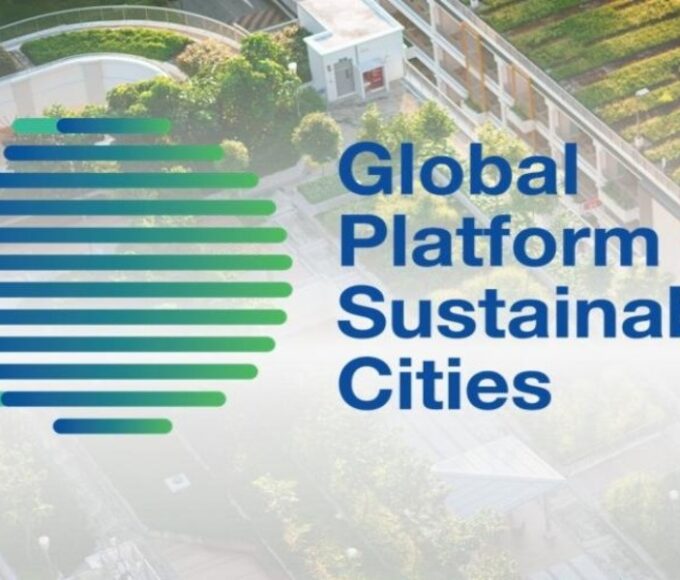New Combustion Engine Models Planned for 2025: Balancing Innovation with Sustainability

As the automotive industry continues to embrace electrification and sustainability, many manufacturers are still committed to developing new combustion engine models for 2025. Despite the global shift toward electric vehicles (EVs), the demand for internal combustion engine (ICE) vehicles remains strong, especially in markets where EV infrastructure is still developing or where consumers continue to favor traditional vehicle performance.
In 2025, automakers are preparing to unveil next-generation combustion engine models that promise enhanced efficiency, reduced emissions, and a smoother transition toward greener alternatives.
Improved Efficiency and Reduced Emissions
One of the main focuses for new combustion engine models is improving fuel efficiency while minimizing harmful emissions. Automakers are investing heavily in research and development to produce more environmentally friendly ICE vehicles that comply with increasingly stringent emissions regulations.
For instance, brands like Mercedes-Benz and BMW are planning to introduce advanced gasoline and diesel engines with improved fuel efficiency and reduced CO2 emissions. These new engines will incorporate technologies like mild-hybrid systems, turbocharging, and variable valve timing to boost power output without compromising on fuel economy. As a result, the 2025 models will offer a cleaner, more efficient driving experience, especially for consumers who still rely on combustion engines for long-range travel.
Hybrid Systems and Electrification Integration
One of the key developments in the new generation of combustion engines is the integration of hybrid powertrains. Many manufacturers are opting to blend traditional combustion engines with electric motors to reduce fuel consumption and lower emissions. These hybrid systems allow for a combination of electric driving in urban areas and the extended range capabilities of a combustion engine for long-distance trips.
For example, the upcoming 2025 models from automakers like Toyota and Ford will feature hybrid variants of their popular sedans, SUVs, and trucks. These vehicles will combine a smaller, more efficient combustion engine with a battery-powered motor that assists during acceleration and helps reduce fuel consumption. In addition, plug-in hybrid electric vehicles (PHEVs) are expected to become more prevalent, allowing consumers to drive on electric power for short trips while having the flexibility of a combustion engine for longer journeys.
Cleaner Diesel and Gasoline Options
In regions like Europe, where diesel vehicles remain popular, manufacturers are pushing to develop cleaner diesel engines with lower nitrogen oxide (NOx) emissions. Diesel engines have long been lauded for their fuel efficiency, but the challenge has been their higher emissions compared to gasoline engines. By using advanced exhaust treatment systems, such as selective catalytic reduction (SCR) and particulate filters, automakers are improving the environmental performance of diesel engines, making them a more viable option for environmentally-conscious consumers.
Similarly, advancements in gasoline engine technology are also on the horizon. Turbocharging and direct injection systems are being fine-tuned to provide better power delivery and fuel economy. These innovations help reduce fuel consumption and increase engine performance, all while minimizing harmful exhaust gases.
Hydrogen Combustion Engines: A Future Alternative
While hydrogen fuel cell vehicles are gaining traction, another emerging trend in 2025 is the development of hydrogen combustion engines. These engines, which burn hydrogen in a similar way to traditional gasoline or diesel engines, offer the potential for zero-emissions driving without the need for costly fuel cell technology.
Automakers like Toyota and BMW are exploring hydrogen combustion as a potential alternative to battery-electric vehicles, especially in markets where hydrogen refueling infrastructure is more viable. Hydrogen combustion engines have the advantage of being familiar to consumers and easy to produce, offering a potential bridge between traditional combustion engines and fully electric vehicles.
The Role of Combustion Engines in the Transition to EVs
While the automotive world continues to move towards full electrification, new combustion engine models will still play a role in the industry for the foreseeable future. In 2025, manufacturers are committed to balancing the development of ICE vehicles with their EV strategies.
For regions where electric vehicle infrastructure is not yet widespread, ICE vehicles will remain a popular choice due to their reliability, range, and refueling convenience. Additionally, new combustion engines with hybrid or electrified technologies are expected to act as stepping stones toward the broader adoption of fully electric cars.
A Smooth Transition for Consumers
Automakers are keen to ensure that consumers can transition smoothly to more sustainable options without sacrificing the performance and convenience that combustion engine vehicles have offered for decades. The new generation of combustion engine models is designed to be both cleaner and more efficient, helping to bridge the gap between today’s gasoline-powered vehicles and the future of all-electric transportation.
In conclusion, the development of new combustion engine models in 2025 represents a balance between innovation and sustainability. With advanced hybrid systems, cleaner diesel and gasoline options, and the exploration of hydrogen combustion, the automotive industry is evolving to meet the demands of a changing world. While electric vehicles are undoubtedly the future, the internal combustion engine is not going away just yet, and these advancements demonstrate that automakers are dedicated to making traditional powertrains as eco-friendly and efficient as possible.
Visit Latest Interviews
Recent Posts
Related Articles
Why You Should Think About Your Domain Extension Before You Think About The Name?
Think of your domain extension like a surname—it wraps up your web...
ByGlobal Leaders ViewAugust 19, 2025Germany’s ‘Energiewende’ Initiative: A Vision for a Sustainable Future
Germany’s ambitious energy transition, known as the Energiewende, aims to shift the...
ByGlobal Leaders ViewJanuary 27, 2025Global Platform on Sustainable Cities Established
In a groundbreaking move toward addressing the challenges of urbanization and climate...
ByGlobal Leaders ViewJanuary 27, 2025Singapore’s Green Urbanism Initiatives
Singapore, known for its modern skyline and bustling urban environment, is also...
ByGlobal Leaders ViewJanuary 27, 2025















Leave a comment